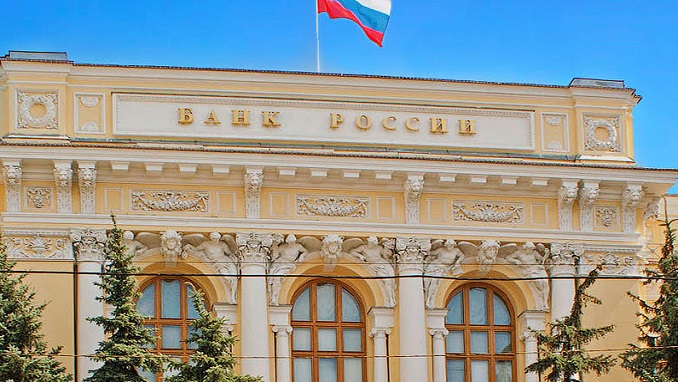The board of directors of Russia’s Central Bank has raised the key rate from 7.5% to 7.25% amid increasing inflationary risks, Gazeta reports.
“Changes in external conditions observed since the previous meeting of the board of directors have significantly increased pro-inflationary risks,” the regulator said in a statement. Previously, the Bank of Russia lifted the key rate almost four years ago – in December 2014.
As reported earlier increased volatility of the ruble amid impending extension of U.S. sanctions’ had pushed inflation expectations in Russia up to 9.9% in August versus 9.7% in July.
“The balance of risks has further shifted towards pro-inflationary risks. Main risks stem from highly uncertain external conditions and their impact on financial markets,” the Central Bank said.
According to the Bank of Russia forecast that takes into account decisions taken with regard to the key rate and to the suspension of foreign currency purchases in the domestic market under the fiscal rule, by the end of 2018 the consumer price growth rate will be 3.8-4.2%,” the statement said.
The Bank of Russia expects annual inflation to be in the range of 5-5.5% in 2019 and return to 4% in 2020.
“This forecast takes into account the decisions taken with regard to the key rate and to the suspension of foreign currency purchases in the domestic market under the fiscal rule,” the regulator said.
The ruble’s exchange rate has dropped by 9.3% versus the dollar and by 8.8% versus the euro since the previous Central Bank’s board meeting on July 27 when the regulator left the key rate level unchanged.












